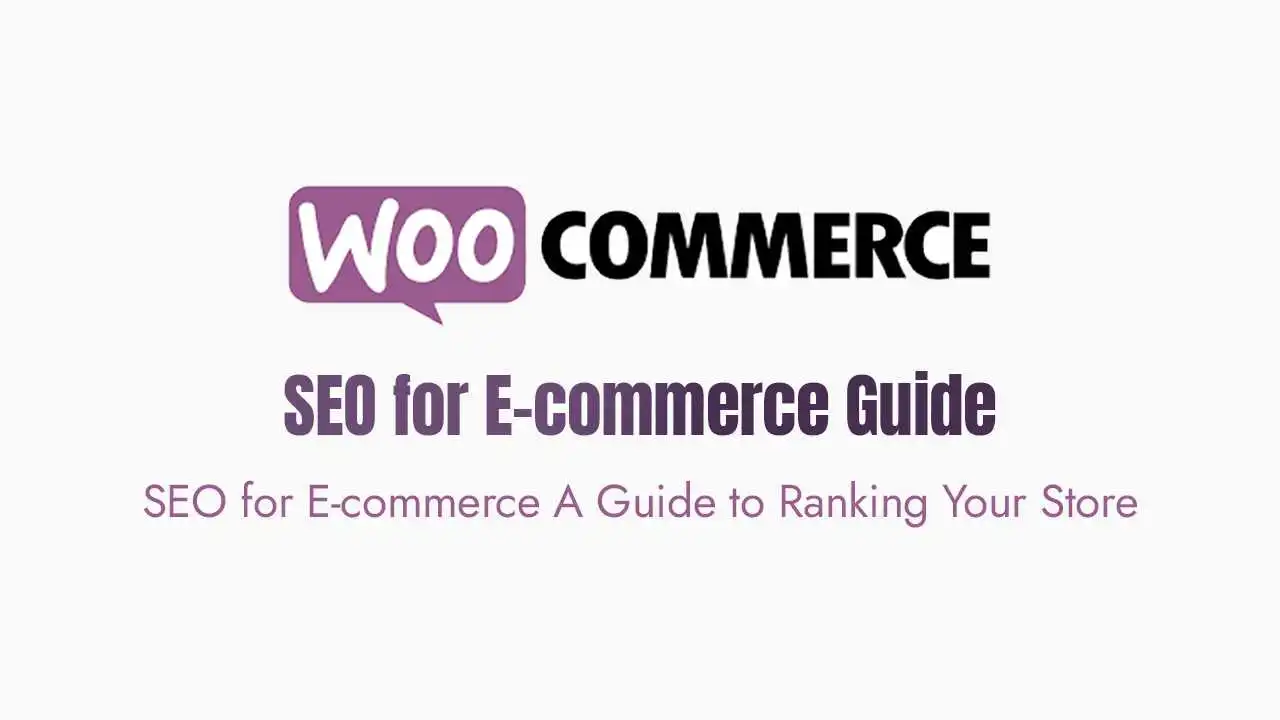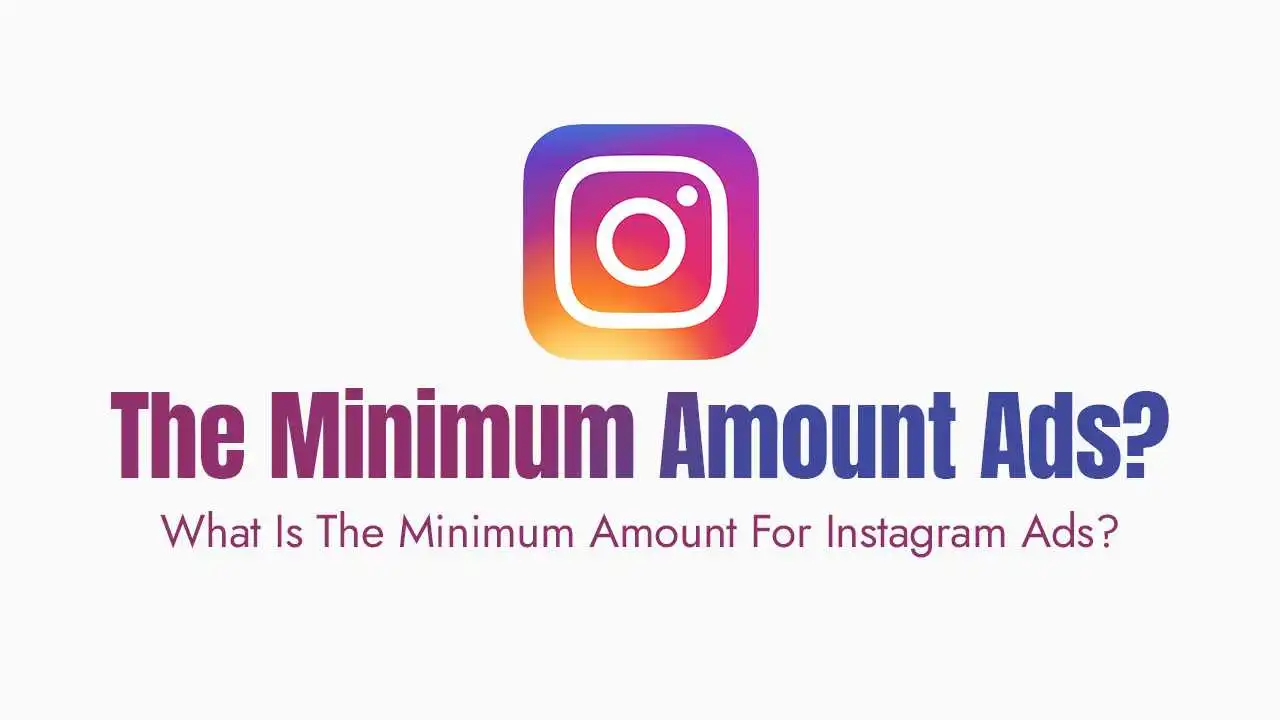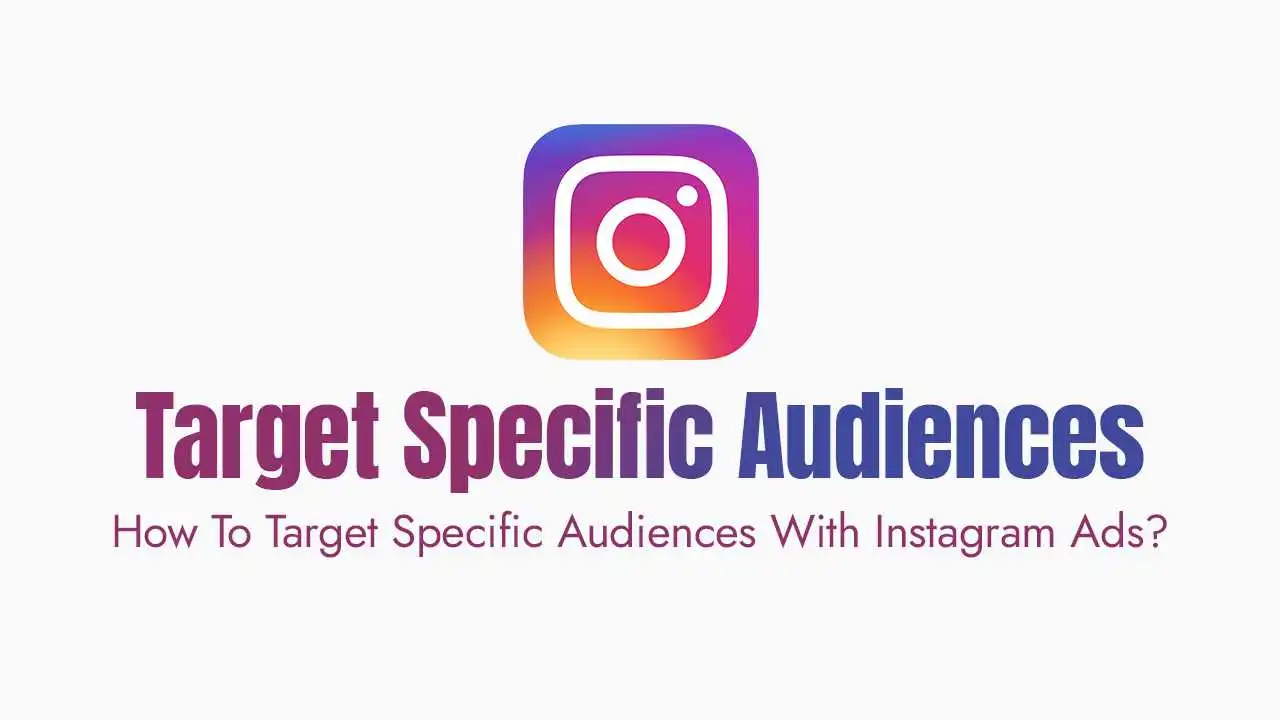What is SEO for E-commerce and Why is it Important?
The Difference Between SEO and Paid Ads:
- Paid Ads: You pay to appear at the top of search results or social media feeds. The traffic is instant, but as soon as you stop paying, the traffic disappears.
- SEO: You earn your way to the top of search results. The traffic takes time to build, but once you rank, the traffic is free and continues to come in long after you’ve done the work.
The Three Pillars of E-commerce SEO:
On-Page SEO: Optimizing the content and HTML of your website pages. This includes things like your product titles, descriptions, and images.
Technical SEO: Ensuring your website is technically sound and easy for search engines to crawl and understand. This involves site speed, mobile-friendliness, and site structure.
Off-Page SEO: Actions taken outside of your website to influence your rankings. This is primarily about getting other reputable websites to link to yours (backlinks).
How to Optimize Your Store for On-Page SEO?
1. Keyword Research for Product Pages:
Think like your customer: If you sell a vintage leather bag, what would your customer type into Google? “Vintage leather bag,” “distressed leather tote,” “men’s leather satchel.”
Use a keyword tool: Tools like Google Keyword Planner or free browser extensions can help you find relevant keywords and see how many people are searching for them.
Focus on long-tail keywords: These are longer, more specific phrases (e.g., “handmade brown leather crossbody bag for women”). They have less competition and a higher conversion rate because the searcher has a more specific intent.
My Take: Don’t try to rank for a super competitive keyword like “handbag.” Instead, focus on a unique, long-tail keyword that perfectly describes your product. This is where you’ll get your early wins.
2. Optimize Your Product Titles and Descriptions
Product Titles: Your title is the most important on-page element. It should be concise, but descriptive, and contain your primary keyword.
Good: “Handmade Brown Leather Crossbody Bag”
Bad: “The Olivia Bag” (Unless your brand is very well-known)
Product Descriptions: Write detailed, compelling descriptions that use your primary and secondary keywords naturally. Don’t just list features; tell a story and highlight the benefits.
3. Use Product Images and Alt Text
Image File Name: Before you upload an image, rename the file to something descriptive (e.g.,
handmade-brown-leather-crossbody-bag.jpg).Image Alt Text: Add a short, descriptive phrase to the image’s “alt text” (e.g., “A handmade brown leather crossbody bag with a tassel”). This helps search engines understand what the image is and can help you rank on Google Images.
4. The Power of an E-commerce Blog
Answer Questions: Create content that answers the questions your customers are asking. If you sell skin care, write an article titled “How to Create a Skincare Routine for Dry Skin.”
Build Authority: A blog helps you establish yourself as an expert in your niche.
Capture New Traffic: Your blog posts can rank for different keywords than your product pages, attracting new visitors to your store.
Technical and Off-Page SEO Strategies:
1. Ensure Your Store is Technically Sound
Site Speed: Your website must be fast. A slow loading speed is a major turn-off for both customers and search engines. Use tools like Google PageSpeed Insights to check your score.
Mobile-Friendly: Ensure your store is fully responsive and looks great on a phone. With the majority of traffic coming from mobile, this is a non-negotiable.
Clear Site Structure: Organize your products into logical categories. This makes your store easier for both customers and search engines to navigate.
2. Build Backlinks to Your Store
Collaborate with Blogs: Reach out to bloggers and influencers in your niche and offer them a free product in exchange for an honest review and a link back to your store.
Get Featured: Look for opportunities to get featured in online gift guides or local business directories.
3. Submit Your Store to Google Search Console
Submit Your Sitemap: This tells Google about all the pages on your store.
Monitor Performance: You can see what keywords your store is ranking for, check for any technical errors, and monitor your traffic.





